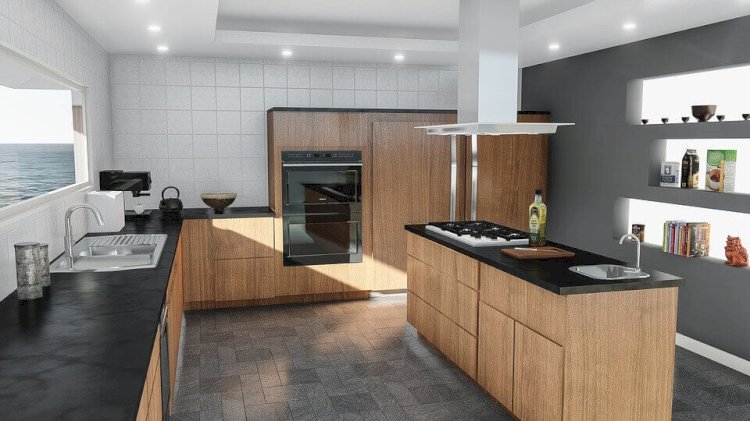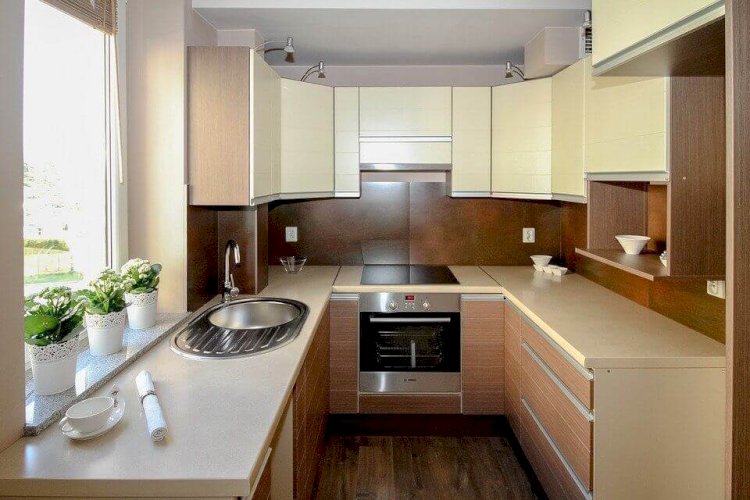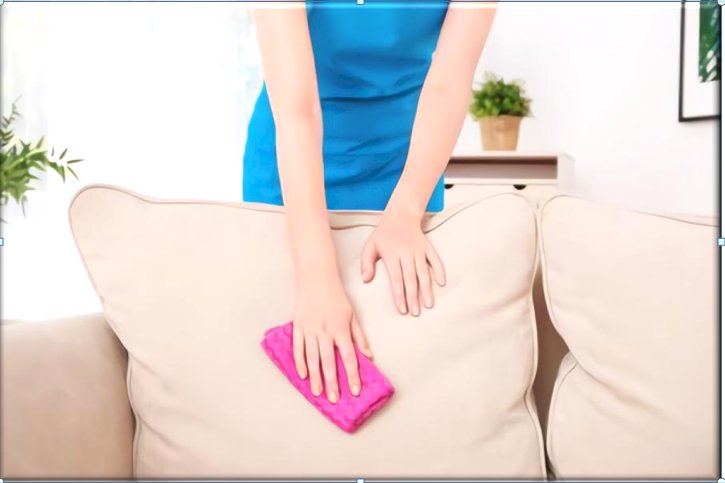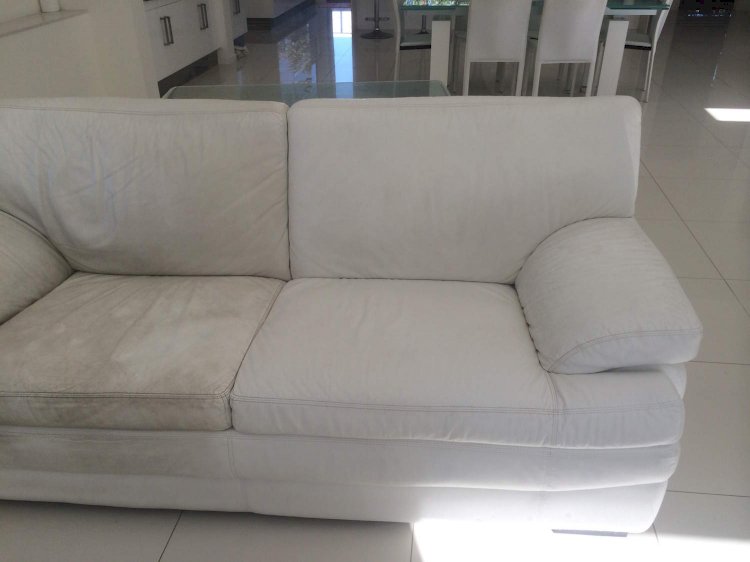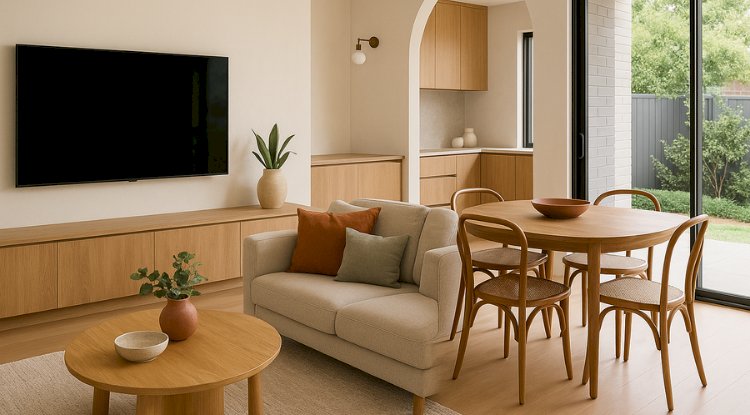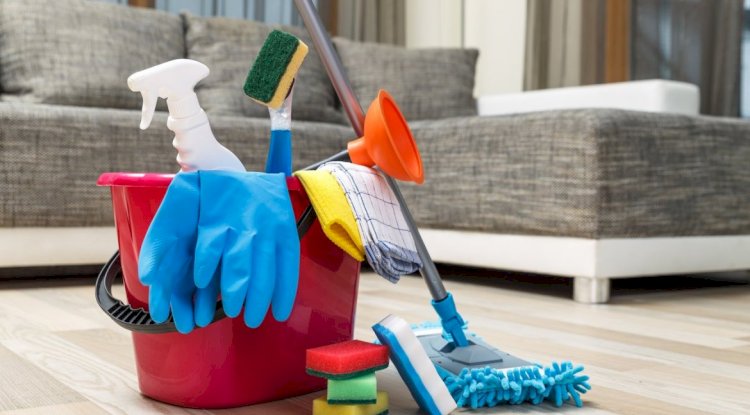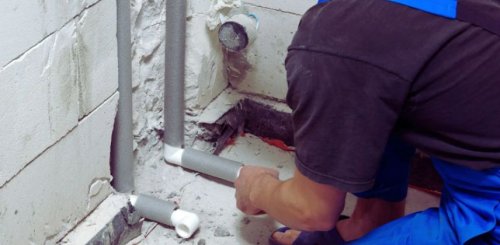Keep Your Kitchen Countertops Sparkling with These Tips
For the sparkling appearance and toughness and durability of kitchen countertops, follow these useful tips to take care of each type of material for kitchen countertops.
There is no question that our mental picture of what a modern kitchen should look like has evolved. Cooking, washing dishes, and preparing food used to take up a significant portion of the day.
However, with the advent of open-plan living and more operational areas that correlate and blend in seamlessly with one another, kitchen work has been revolutionized, and it now takes up a much smaller portion of the day. Because it has transitioned from a workshop into a place in which people will be spending their leisure time and in which they should feel comfortable, it is only natural that you would want it to have an appealing appearance.
In addition to the regular cleaning that has to be done, you should also be thinking about the different kinds of materials that are present in your kitchen and how best to care for those materials. Particularly the most frequently utilized surface, which is your benchtops. Here is a rundown of the many materials that can be used for kitchen countertops, as well as some advice on how to properly care for each one.
- Marble
Are you wondering about how to care for marble benchtops? The good news is that, with proper maintenance, your marble countertops may retain their stunning appearance even after heavy use. Remember, though, that acid is the enemy of marble. Marble can be etched by acidic liquids, which will leave it looking dull and lifeless. You should think about this when selecting a countertop cleaner. Bleach, vinegar, and other acidic cleaners, as well as abrasive cleaning pads, should be avoided.
Cleaning marble without harsh chemicals is easier than you think. Stones made of marble require little effort on your part to keep them looking good. It's sufficient to use mild soap and warm water to clean the area. When cleaning a marble countertop, all you need to do is spray it down with soapy water, wipe it down with a hot dish towel, and then dry it with a dry towel.
Unfortunately, your marble countertop can still become stained despite your best efforts to maintain its pristine condition with routine cleaning. Take prompt action to remove these stains. A mild detergent or a few drops of ammonia will get rid of oil stains like those left by frying oil. A drop or two of hydrogen peroxide or ammonia will get rid of most organic stains, including those left behind by food and beverages like coffee and tea.
Though there are many methods for keeping marble countertops clean and beautiful, they still require some extra care to ensure their longevity. Marble countertops may benefit greatly from being sealed.
Since sealers create an additional layer of protection between the marble and spills, they are useful for preventing stains and etching. Due to the several layers, spills have a little more time to be cleaned up before they permanently discolor.
Depending on the countertop and the sealant's formulation, sealing marble countertops can be done as often as necessary. It is probably time to reseal when water no longer beads up on the counter.
- Granite
Granite countertops are easy to maintain with routine washing. A washcloth, some hot water, some dish soap, and a drying towel are all you need.
Start by using a warm, soapy dishcloth to remove any stains or dirt. Remove any remaining moisture from the surface by drying it off with a towel. Strive to prevent any splotchy effects. The same should be done after each time you use your kitchen, at the very least.
Use a spray bottle filled with equal parts isopropyl alcohol and distilled water to disinfect your work surface. Next, use a damp washcloth to clean up the mess. This is a great method for bringing back the original luster of your granite.
To protect your granite, you should never use ammonia, bleach, or vinegar on it.
If you need to clean the surface, don't use anything with an acidic component like orange juice, lemon juice, bleach, or vinegar. The acids could eat away at the sealant, leaving behind ugly spots on the surface. Carry around some wipes for disinfecting that don't contain citric acid. They're great for the granite's seal and work well on wiping up spills.
It's important to remember that granite is not completely waterproof. Applying a sealant will help with it. Doing so will protect the granite kitchen benchtops from anything that could shorten their life or alter their beauty. Have you read the pros and cons of granite benchtops?
- Laminate benchtops
Laminate countertops are more affordable and simple to care for than other options. To clean up after the daily grind, all you need is a damp cloth and some mild liquid detergent mixed with water. You shouldn't use scouring pads or make cuts in food right on the laminate counter. Waxing and polishing can reduce the natural luster, and highly acidic cleaners, such as bleach, should be avoided.
Always use a chopping board or cork surface when putting hot goods down. To minimize damaging the surface, always position and lift objects off the surface rather than dragging or sliding them. This is especially important for surfaces with darker colors and higher gloss levels than their lighter, lower-sheen counterparts.
- Timber
A timber benchtop is a classic choice that won't ever go out of style; its natural beauty and versatility make it a versatile addition to any kitchen. Like genuine stone, it is a one-of-a-kind creation that needs special attention over the years.
Countertops should be cleaned right away after use, and vinegar, which is corrosive enough to destroy the glue holding the wood together, should be avoided at all costs. Picking a hardy hardwood over a softer, more easily damaged variety will pay off in the long term. Be sure to use a food-safe sealant, such as mineral oil, and to reapply it often.
Timber is preferable to stone, laminate, or metal since it is cheaper, safer for use with delicate tableware, and more hygienic during food preparation. Avoid damaging your wooden countertop by cutting on a cutting board instead of directly onto the surface.
The sliced side of a fresh lemon can be used to remove stains, and if you need more abrasion, a pinch of salt can be added to the mixture. If the stain persists, try soaking a cotton ball in a mixture of one spoonful of hydrogen peroxide and one cup of warm water, then dabbing it on the spot. Sponge the area down with a non-toxic cleaner after the stain has been cleared, and then allow it to dry.
First, smooth the wood by using 120-grit sandpaper in a sanding motion in the same direction as the grain. After re-oiling the wood with food-grade mineral oil and working it in with a cotton rag, you should let it sit in the oil for about 30 minutes. To clean, simply wipe with a damp cloth and relish! It's helpful if you know how to sand and re-oil your wood benchtop to get rid of scratches.
- Concrete
Just like marble, concrete makes a big statement and can significantly boost your kitchen's aesthetic. It's a long-lasting, modern, and top-tier option for discerning remodelers with a one-of-a-kind style. It can withstand high temperatures without warping, and scratches won't mar its surface. Its low tensile strength restricts the thickness and overhangs that can be used, making it brittle and prone to cracking and chipping. Although it costs less than actual stone, installing it can get pricey because additional installers are usually needed.
Even though your concrete benchtop was likely sealed with an expensive sealer that makes it highly stain-resistant, you should still wipe it down with a damp cloth and, if necessary, apply a non-acidic and non-abrasive cleanser before rinsing. Scrubbing too vigorously could dull the surface and ruin the sealant.
- Metal
Metal kitchen benches aren't typically found in private houses, but they've become increasingly popular as a result of their durability and practicality in today's busy households. An extremely low-maintenance material with a genuine industrial feel. Although metal benches are scratch- and streak-resistant, you should never cut directly on them because of their slick surface. If you're worried about dings and scrapes, brushed steel is an excellent choice.
A streak-free, lustrous finish can be achieved by first cleaning the surface with soap and water using a microfiber cloth, then applying baking soda and vinegar and giving it a light scrub with a non-abrasive nylon scrub brush. Do a final rinse with a clean, damp dishcloth, and then dry with a clean dish towel, paper towels, or a microfiber cloth. Mineral oil can be used to polish the surface; just apply a very small amount to a clean cloth or paper towel and rub it in gently; then, buff off the oil with the dry side of the cloth to remove fingerprints and restore the shine.
Closing Thoughts:
A little forethought goes a far way when caring for any kind of tabletop; wipe down as you go to minimize stains, clean with mild, non-acidic, non-abrasive cleaners, keep away from heat and heavy things, and always use cutting boards when working with food. It is much more cost-effective to be preventative about the upkeep of your benchtops rather than reactive.
Share
What's Your Reaction?
 Like
1
Like
1
 Dislike
1
Dislike
1
 Love
0
Love
0
 Funny
0
Funny
0
 Angry
0
Angry
0
 Sad
0
Sad
0
 Wow
3
Wow
3
